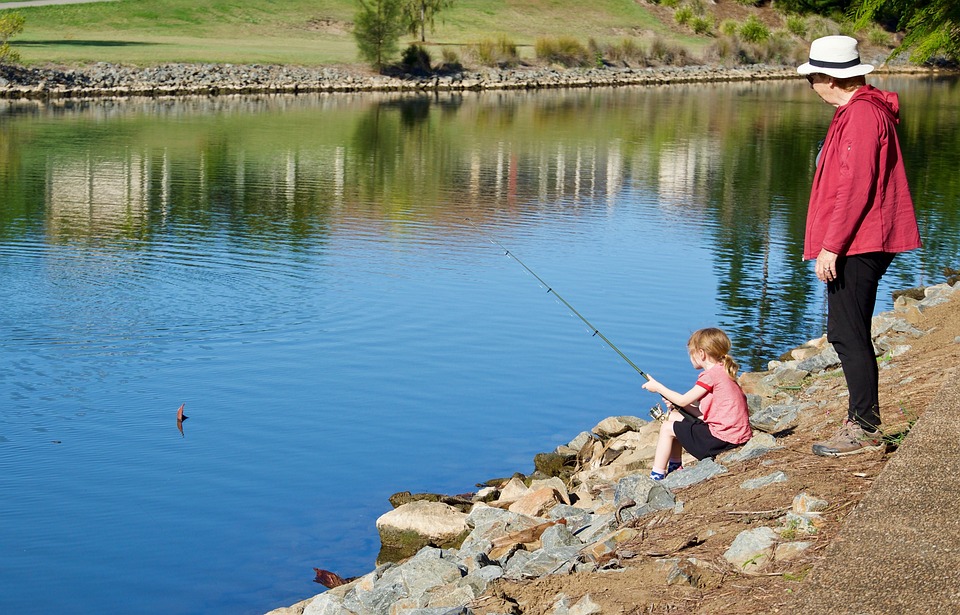Fish Health: How to Prevent and Manage Fish Tank Swim Bladder Issues
Swim bladder issues, also known as swim bladder disease, can be a common problem among fish owners. This condition affects the fish’s ability to control its buoyancy, leading to difficulties in swimming. However, with proper prevention and management techniques, you can ensure a healthy and happy tank for your aquatic friends. In this article, we will cover the causes, symptoms, prevention, and management of swim bladder issues. Additionally, we will address some frequently asked questions to provide you with a comprehensive understanding of this condition.
Causes of Swim Bladder Issues
The swim bladder is an internal organ found in most fish species that helps them control their buoyancy. When this organ malfunctions, it can lead to swim bladder issues. Several factors can contribute to swim bladder problems, including:
1. Overfeeding: Overfeeding your fish can lead to constipation, causing pressure on the swim bladder and leading to swim bladder issues.
2. Poor Water Quality: Fish living in dirty or poorly maintained aquariums are more prone to swim bladder problems. Ammonia and nitrate build-up can negatively affect fish health.
3. Genetic Predisposition: Some fish species are more susceptible to swim bladder problems due to genetic factors.
Symptoms of Swim Bladder Issues
Identifying swim bladder issues in your fish is crucial for early intervention. Look out for the following symptoms:
1. Difficulty Swimming: Fish with swim bladder problems may struggle to maintain their balance, swim erratically, or float upside down or sideways.
2. Loss of Appetite: Swim bladder issues can cause a loss of appetite, leading to weight loss and malnutrition.
3. Bloating: Affected fish may appear bloated due to the accumulation of gas in the swim bladder.
4. Lethargy: Fish with swim bladder problems often become less active and may spend most of their time resting at the bottom of the tank.
Preventing Swim Bladder Issues
Prevention is key to ensuring your fish stay healthy and swim bladder issues are minimized. Here are some preventive measures to consider:
1. Maintain a Balanced Diet: Feed your fish a varied diet that includes high-quality fish food and occasional treats. Avoid overfeeding and provide only the amount they can consume within a few minutes.
2. Optimal Water Quality: Regularly test the water parameters in your tank and maintain appropriate levels of ammonia, nitrite, and nitrate. Perform regular water changes to keep the tank environment clean.
3. Avoid Overcrowding: Overcrowded tanks can lead to increased stress and aggression among fish, which can contribute to swim bladder issues. Ensure adequate space for each fish species.
Managing Swim Bladder Issues
If your fish develop swim bladder issues, there are steps you can take to manage the condition and improve their quality of life:
1. Isolate the Affected Fish: If possible, move the affected fish to a separate quarantine tank to reduce stress and monitor their behavior more closely.
2. Adjust Feeding Habits: Offer easily digestible foods, such as boiled peas with the skin removed, to alleviate constipation. Consider fasting the fish for a day or two to allow their digestive system to recover.
3. Maintain Water Quality: Ensure optimal water conditions by performing frequent water changes and using appropriate filtration systems. A clean and well-maintained tank can aid in the fish’s recovery.
Frequently Asked Questions (FAQs)
1. Can swim bladder issues be cured? – In many cases, swim bladder issues can be managed and improved, but a complete cure may not always be possible, especially if the cause is genetic.
2. How long does it take for fish to recover from swim bladder issues? – Recovery time varies depending on the fish species, severity of the condition, and the effectiveness of the management techniques. It can range from a few days to several weeks.
3. Should I change my fish’s diet if they have swim bladder issues? – Adjusting the fish’s diet can be beneficial. Offer easily digestible foods like boiled peas or switch to a high-fiber diet to address constipation issues.
4. Is swim bladder disease contagious? – Swim bladder issues are not contagious and cannot be transmitted from one fish to another.
5. Can swim bladder issues be prevented entirely? – While complete prevention may not always be possible, following proper feeding practices, maintaining optimal water quality, and providing adequate space for your fish can significantly reduce the risk of swim bladder issues.
Remember, maintaining a healthy and well-balanced aquarium environment is vital for preventing swim bladder issues. Regular monitoring, prompt action, and seeking professional advice when needed can ensure the well-being of your fish and minimize the impact of swim bladder problems.









